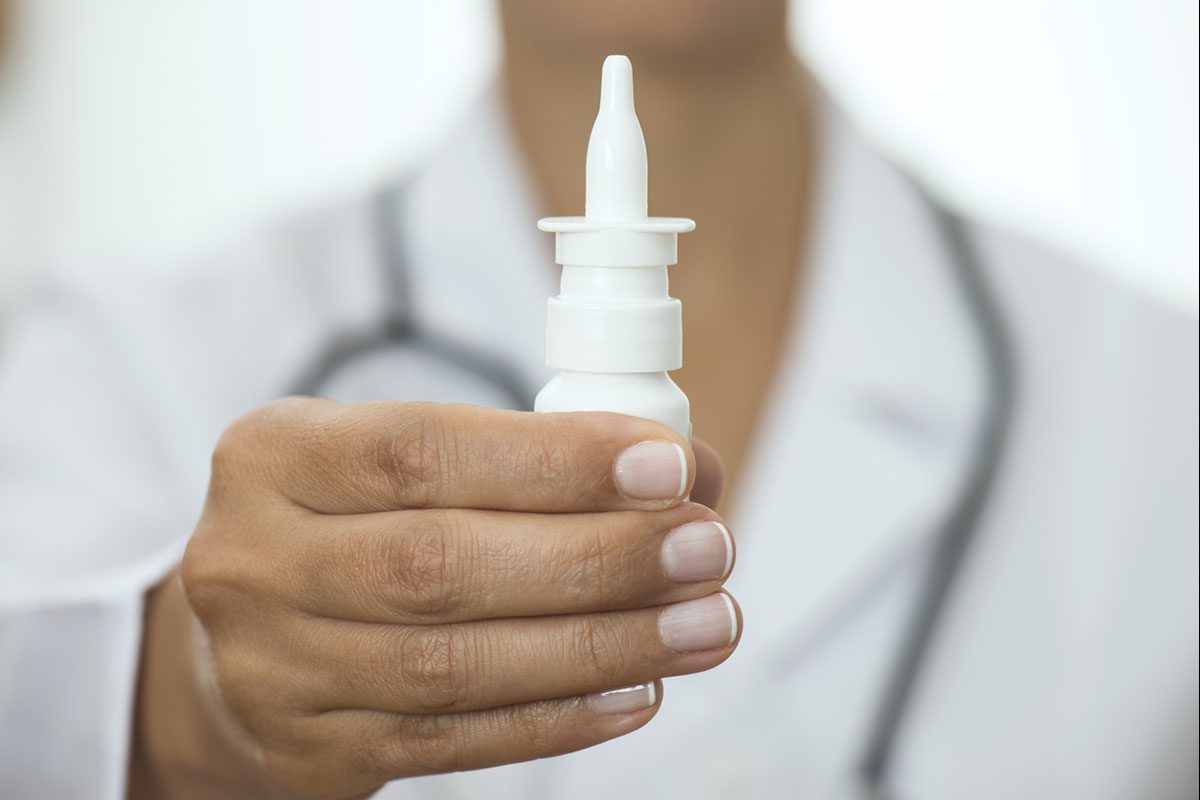Objective: We investigated how the number of follow-up visits affects response rates and dropout among patients in antidepressant trials for major depressive disorder (MDD).
Data Sources: MEDLINE, PsycINFO, and PubMed were searched to identify trials contrasting antidepressants to placebo or active comparator in adults with depression. The index terms depression—drug therapy, depressive disorder—drug therapy, and antidepressant agents, in addition to the classes and individual generic names of all antidepressants, were combined using the “or” operator. Results were limited to (1) English-language articles, (2) publication year 1985 or later, (3) age group ≥ 18 years, and (4) publication types including clinical trials, controlled clinical trials, meta-analysis, multicenter study, randomized controlled trial, or review.
Study Selection: Included articles reported trials of approved antidepressant medications for MDD in outpatients aged 18-65 years, were 6-12 weeks in duration, and had response rates specified using a standardized measure. Trials were excluded for enrolling inpatients, pregnant women, psychotic subjects, or those with treatment-resistant depression. These criteria allowed 9,189 articles identified in the literature review to be narrowed to 111 reports.
Data Extraction: Demographic characteristics, the number of study visits planned in each treatment cell, duration of active treatment, attrition rates, and response rates to medication and placebo were entered into a database.
Results: In a multilevel meta-analysis, active medication versus placebo (OR = 1.96, P < .001), active comparator versus placebo-controlled study design (OR = 1.82, P < .001), and longer versus shorter duration (OR = 1.87, P < .001) were associated with significantly increased odds of treatment response. After controlling for these variables, the number of study visits did not significantly influence response rates (OR = 0.97, P = .877). The odds of dropout were significantly decreased for active comparator versus placebo-controlled trials (OR = 0.67, P = .002) and longer versus shorter duration trials (OR = 0.54, P = .035), while increasing numbers of study visits significantly increased the odds of participant dropout (OR = 2.77, P < .001).
Conclusions: Visit schedules that are much more frequent than are commonly practiced in the community treatment of depression may increase the expense of clinical trials and make them less generalizable to standard clinical treatment.
J Clin Psychiatry 2013;74(7):703-715
© Copyright 2013 Physicians Postgraduate Press, Inc.
Submitted: November 5, 2012; accepted January 11, 2013 (doi:10.4088/JCP.12r08267).
Corresponding author: Bret R. Rutherford, MD, New York State Psychiatric Institute, 1051 Riverside Dr, Box 98, New York, NY 10032 ([email protected]).
Continue Reading...
Members enjoy unlimited free PDF downloads as part of their subscription! Subscribe today for instant access to this article and our entire library in your preferred format. Alternatively, you can purchase the PDF of this article individually.
Please sign in or purchase this PDF for $40.00.
Save
Cite
Already a member? Login


